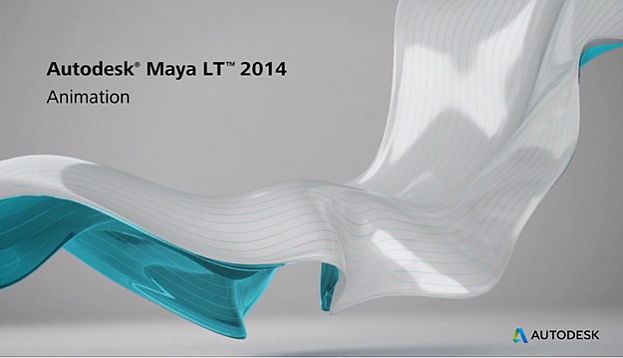Autodesk’s entry into the indie developer market last month with 3D modeling and animation tool Maya LT may have surprised some observers who are familiar with the company’s array of powerful professional tools that typically cost thousands of dollars. The [a]list daily spoke with Greg Castle, senior marketing manager at Autodesk, about the company’s initiative to address this growing market.
“At Autodesk traditionally we have provided the tools for the big boys, for people like Cameron to develop Avatar and Epic to create Gears of War,” Castle said. “With the changing of the industry, so too we must change. With the influx of indie development, more accessible tools, more accessible platforms, it’s important we provide tools for this new demographic.”
This was really a marketing-driven product development effort, seeing the needs of the market and modifying an existing product to suit that. “You’re spot on there,” said Castle. “We wanted to get out a product in fairly quick order to address this need. The plan for the product in the long term is a focused product on adding in features that are specific to indie development.”
The prospect of a fast-growing indie market drove Autodesk to study and work with smaller developers “in order to see what parts of our tools they’re most interested in and what their needs really are,” said Castle. “The two main things we discovered are that indie developers are only using a small segment of the power of our tools, and that our tools are just too expensive for a lot of them to afford.”
Autodesk then went through the process of figuring out what features of the tools were most important to smaller developers and what price points they’re most comfortable with. The effort showed that the general needs of indie game developers are similar across platforms, from mobile to Facebook to PC and console. “People want maximum reach for their games, and they’re trying to develop games that are accessible on all platforms,” said Castle.
The end result, Maya LT, is specifically targeting smaller developers. “We looked at all our tools and tried to determine which tools indie developers would be most interested in,” said Castle. “Game developers are predominantly using the renderers of game engines, so they don’t need a tool to doing rendering. The viewport in Maya can be used to preview assets.” That saves time for developers building assets, enabling them to check their work without the need to create a new build of the game.
Of course, the pricing of the software is a critical issue. Indie developers won’t even consider the typical pricing structures for Autodesk’s professional packages, which can run thousands of dollars per seat. When you’re working on a mobile game, that’s a dealbreaker for a small team scraping by. Pricing is also an issue for independent artists or small studios that provide art under contract to developers. Autodesk put a lot of thought into the pricing options for Maya LT.
“We created a flexible pricing plan, with two options,” Castle explained. “The rental plan works out to be $50 per month, with quarterly or annual licenses available that can bring the price down to about $35 per month. For perpetual, the price is $795 and then the product is yours.” You can try out the product on a rental basis and see if it works for your development process, and then purchase the product outright. “We believe a bunch of people will do exactly that,” said Castle. “The amount of indie developers who are outsourcing is huge,” Castle noted. “For freelancers to be able to bill back the cost of the software is something I think they’re going to like.”
Autodesk is committed to the task of opening up this market segment, and they understand that developing the market and refining the software is something will take time. “This market segment is super important, we want to support it as much as we can, and they have very specific needs,” Castle pointed out. “Why not create a product that is just for these guys There will be more frequent releases with Maya LT than with regular Maya. This isn’t a short-term play.”
Accordingly, Autodesk will be patient with its marketing of Maya LT. “We don’t want to go and just spend millions of dollars and get the word out to everybody in the world,” Castle said. “We’re taking a more measured approach to our marketing and letting it spread in a more organic way. We want to make sure that the messaging is right and the product is right. I would expect that the product and the messaging might morph slightly after the launch, when we see what customers want.”
That customer engagement is key to the future of the Maya LT. “Part of the plan is to be very engaged with customers,” said Castle. “We have a small team of people internally with different specialties who we’ve formed into a task force, to go out and constantly be interacting with customers. We plan on being very responsive to the customers.”
Autodesk realizes the difficulty of finding indies and informing them of the product, given that indies are all over the world with no one gathering place. “We definitely see that as a challenge, especially with the worldwide dispersion and how strong it is in different areas,” Castle agreed. “I think leveraging the community for word-of-mouth marketing and getting them all onboard and comfortable is really going to be paramount to our success.”
The challenge is similar to marketing an MMO, where you have to convince not just a single person to try it but you need to get an entire group using it. “That’s an interesting analogy, and I agree,” said Castle. “There is definitely a strong sense of that in tool usage. Art houses do identify with the tool they use a lot of the time.”

